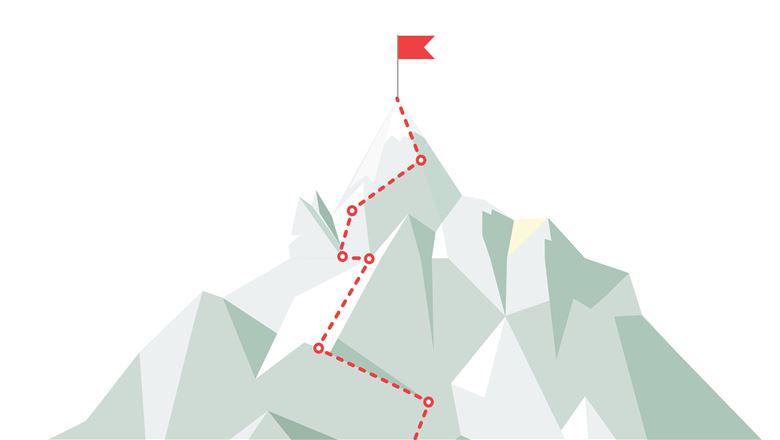Emily Rabbitt, CAE
Emily Rabbitt, CAE, is a former manager of research content and knowledge resources for the ASAE Foundation.

Content is fundamental to the association value proposition. Limits on member time and attention—and increased competition from other content sources—mean that associations need a smart content strategy. But many associations are at different stages of that journey.
When it comes to being strategic about how your association creates and delivers content, are you at a beginning, intermediate, or advanced level? Thanks to ASAE Foundation research, you can now make that assessment and forge a path toward improving your content strategy.
A new report, Association Content Strategies for a Changing World, reveals the methods and techniques associations use to manage these activities. In investigating how associations use 17 content strategy tactics, the researchers found that organizations using similar numbers of tactics often had common challenges, pain points, and perspectives. These commonalities served as the foundation for a framework that helps association leaders identify where their organization might be in its content strategy journey.
Associations at the beginning level of content strategy are using one to six of the 17 tactics. A content strategy journey often starts with a champion, typically someone who oversees content creation for the website, social media, communications, or marketing. Because of their role, these people usually have a certain level of implicit permission to establish content strategy.
The arrival of a new top executive who prioritizes content efforts is another common catalyst. Website redesign, which requires thinking about how to coherently present the breadth of an organization’s work, may also spark a content strategy journey.
At the beginning level, associations most commonly have a planning calendar and perform content audits. These are foundational activities for the formation of an organization-wide content strategy, because they provide the structure to start planning, tracking, and evaluating activities.
Intermediate-level organizations practice between seven and 13 content strategy tactics. Cooperation across departments and application of data are key elements in advancing to the intermediate stage.
The buy-in that champions established in the beginning stage spreads during the intermediate phase. Champions may encounter challenges here, particularly when an organization or particular departments are working in silos. The person responsible for content strategy needs to remind colleagues of the importance of the work and the specific activities needed to accomplish it.
Advanced-level organizations use 14 of the 17 defined content strategy tactics. They operate collaboratively, and content responsibilities are shared across the organization.
Intermediate-level organizations collect and analyze data and use it to make ongoing decisions about the direction of their content strategy. Almost nine in 10 associations at the intermediate level (87 percent) apply data in decision-making, compared to only 36 percent of beginning-level organizations. In addition to planning calendars and content audits, which remain top tactics, organizations at the intermediate level are also more likely to use a taxonomy and personas to meet their goals.
Advanced-level organizations use 14 of the 17 defined content strategy tactics. They operate collaboratively, not just cooperatively, and content responsibilities are shared across the organization. Associations use their tracking systems to repeat successes and make changes when things don’t work.
Almost all organizations at this level have governance documents that outline sustainable content practices. But sustainable does not mean stagnant: These organizations also have an ongoing, iterative process, which includes responding to important trends and changing content or products that may no longer serve their purposes. These associations set outcome-based goals and measure their progress using key performance indicators, and decision makers focus closely on the needs of the audience. Journey mapping and personas are essential tactics in this process.
Identifying where your association lies on the spectrum of content strategy maturity can help you determine what goals to set for growth. Understanding the most-used tactics at each stage of development can help you to determine where to focus your efforts as you build toward—or maintain—an advanced, organization-wide, holistic content strategy.